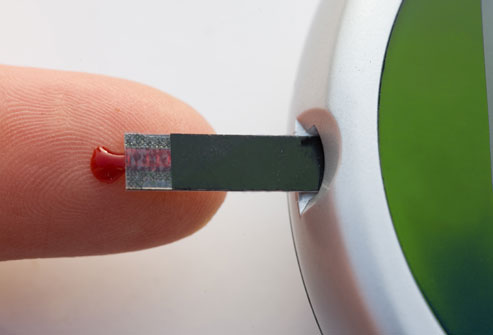Currently, during daily activities and alimentary habits, diabetics need to monitor their glucose levels by piercing the skin, 3 to 10 times per day. For someone with diabetes who has to go through a lifestyle change, pricking their fingers multiple times a day to test their blood sugar level, or wearing expensive glucose monitoring equipment may a sound a bit too tedious. Have no fear DermalAbyss ink is here. This is the vision of the MIT Media Lab researcher Katia Vega, along with scientists from Harvard Medical School, whose project DermalAbyss explores the possibilities of tattoos inked with biosensors instead of traditional ink.

The tattoo ink that contains chemicals that can sense blood sugar levels, pH, and sodium. There are endless possibilities, a diabetic patient with a biosensor tattoo which could tell them their glucose levels by changing between blue and brown would eliminate the need for multiple daily finger-prick tests. A sodium biosensor tattoo that glows under UV light could be used to inform the wearer of the amount of water in their body, which could be particularly useful for dehydration and overhydration. pH levels might indicate general health, which might be of interest to people who enjoy tracking their bio data. The tattoos could also provide a quick means of diagnosis when shown to a doctor.
But this technology is still in the very early research stage and has only been tested on pig skin samples, not living, breathing animals let alone humans. but there's no reason these tattoos shouldn't become reality. Technology like this would be hugely beneficial to people with diabetes, who could check their blood sugar by merely looking at their arm rather than using expensive and painful blood tests.

This isn't the first experiment to merge tattoos, fashion, and technology. The materials scientist John Rogers created tattoo-like electric circuits that can be stuck onto the skin and monitor temperature, hydration, and strain. MIT Media Lab has also experimented with skin-based interactive displays in the past, when they created connected metallic flash tattoos that can control gadgets like smartphones.
A lot of new technology is being developed in the form of body art. Will the future have us wear a “second skin” that controls all our devices and also monitors body vitals? DermalAbyss is certainly a step forward in this direction and the possibilities are endless.





-173X130.jpg)
-173X130.jpg)
-173X130.jpg)
-173X130.jpg)
-173X130.jpg)
-173X130.jpg)

-173X130.jpg)